Home>Furniture>Outdoor Furniture>What Is The Best Material For Patio Furniture
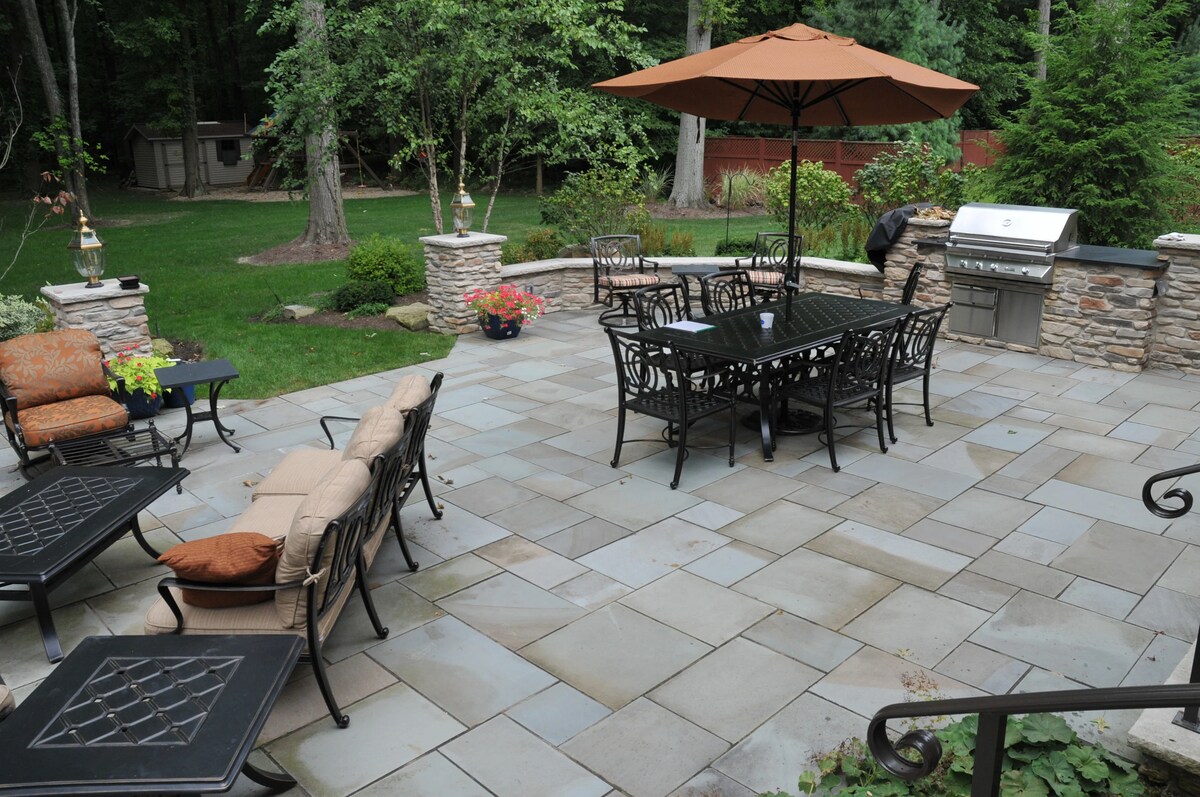

Outdoor Furniture
What Is The Best Material For Patio Furniture
Modified: March 7, 2024
Discover the best outdoor furniture material for your patio. Explore our guide on choosing the perfect material for durability and style.
(Many of the links in this article redirect to a specific reviewed product. Your purchase of these products through affiliate links helps to generate commission for Storables.com, at no extra cost. Learn more)
Introduction
Welcome to the world of outdoor furniture! If you’re planning to deck out your patio or create a cozy backyard retreat, one of the most important decisions you’ll face is choosing the right material for your outdoor furniture. The material you opt for can greatly impact the durability, maintenance, and overall style of your outdoor space.
With so many options available, it can be overwhelming to make a decision. That’s where we come in to help. In this article, we will explore the different materials commonly used in outdoor furniture, highlighting their advantages and drawbacks. By the end, you’ll have a better understanding of the best material for your patio furniture, based on your preferences and needs.
Key Takeaways:
- Choose outdoor furniture material based on climate, durability, maintenance, style, and budget. Wood requires upkeep, metal offers durability, plastic is low-maintenance, and resin withstands the elements.
- Mix and match materials for a dynamic outdoor space. Combine wood and metal for contrast, and add cushions to metal or resin furniture for enhanced comfort. Make an informed decision to create a cozy and inviting patio area.
Read more: What Is The Best Patio Furniture
Factors to Consider
Before diving into the specific materials, let’s discuss some important factors to consider when choosing outdoor furniture for your patio.
1. Climate: The weather conditions in your area play a significant role in determining which material is best suited for your outdoor furniture. For instance, if you live in a humid and rainy climate, you’ll want to choose a material that is resistant to moisture and rust.
2. Durability: Outdoor furniture is designed to withstand the elements, but some materials are more durable than others. Think about how often you’ll be using your patio furniture and whether it will be exposed to harsh weather conditions year-round.
3. Maintenance: Consider the level of maintenance required for each material. Some materials may require regular cleaning, sealing, or painting, while others are more low-maintenance and easy to clean.
4. Style: The style and aesthetic of your outdoor space should also guide your material choice. Different materials have different looks and finishes, ranging from rustic and natural to sleek and modern.
5. Budget: Lastly, consider your budget. Outdoor furniture comes in a wide range of prices, and some materials may be more budget-friendly than others. Determine how much you are willing to spend and find a material that fits within your budget.
By keeping these factors in mind, you can make an informed decision and choose the best material suited for your patio furniture needs. Now, let’s explore some of the most popular materials used in outdoor furniture.
Wood
Wood is a timeless and classic choice for outdoor furniture. It offers a natural beauty and can blend seamlessly with various outdoor settings. When it comes to wood, there are two main options: hardwood and softwood.
Hardwood: Hardwoods like teak, cedar, and eucalyptus are popular choices for outdoor furniture due to their durability and natural resistance to decay and insects. Teak, in particular, is highly prized for its rich color and ability to withstand extreme weather conditions. Hardwood furniture requires regular maintenance, such as oiling or staining, to preserve its appearance and prevent it from weathering.
Softwood: Softwoods like pine are more affordable and readily available. While softwood furniture can still withstand outdoor use, it may not be as durable as hardwood and may require more frequent maintenance and protection from the elements.
Wooden outdoor furniture offers a warm and inviting look, but it does require some upkeep to maintain its longevity. Regular cleaning, oiling, and storing during harsh weather can help prolong the lifespan of your wooden furniture. Consider your climate and the amount of maintenance you’re willing to put in before deciding on wood as your patio furniture material.
Metal
Metal is a popular choice for outdoor furniture due to its durability, strength, and sleek appearance. There are several types of metals commonly used in outdoor furniture:
1. Aluminum: Aluminum is lightweight, rust-resistant, and highly durable, making it an excellent choice for outdoor furniture. It requires minimal maintenance and can withstand various weather conditions. Additionally, aluminum furniture is easy to move around and is available in a variety of styles and finishes.
2. Wrought Iron: Wrought iron is known for its elegant and intricate designs. It is highly durable and can withstand harsh weather conditions. However, wrought iron furniture is often heavier and requires regular maintenance to prevent rusting. Periodic repainting and applying a protective coating can help prolong the life of wrought iron furniture.
3. Stainless Steel: Stainless steel is resistant to rust and corrosion, making it an excellent choice for coastal areas or places with high humidity. It offers a sleek and modern look and requires minimal maintenance.
Metal furniture is known for its sturdiness and longevity, making it a worthwhile investment for your outdoor space. However, keep in mind that metal furniture can become hot when exposed to direct sunlight, so consider adding cushions or opting for designs that incorporate fabric for added comfort.
Wicker
Wicker is a term that refers to woven furniture made from natural or synthetic materials. It exudes a charming and rustic appeal, perfect for creating a cozy outdoor setting. There are two main types of wicker materials used in outdoor furniture:
1. Natural Wicker: Natural wicker is made from materials like rattan, bamboo, or seagrass. It offers a warm and organic look, making it a popular choice for outdoor furniture. However, natural wicker is susceptible to damage from moisture and prolonged exposure to sunlight. It requires regular maintenance, such as covering during rainy seasons or using protective coatings.
2. Synthetic Wicker: Synthetic wicker is made from materials like resin or high-density polyethylene (HDPE). It is designed to mimic the look and feel of natural wicker but offers increased durability and resistance to weather conditions. Synthetic wicker is low-maintenance, requiring only occasional cleaning with mild soap and water.
Wicker furniture adds a touch of elegance and a relaxed vibe to outdoor spaces. It is lightweight and easy to move around, allowing for flexibility in arrangement. Whether you opt for natural or synthetic wicker, be sure to consider the level of maintenance required and the specific weather conditions in your area.
When choosing patio furniture, consider materials like teak, aluminum, or all-weather wicker for durability and low maintenance. These materials are resistant to weather and require minimal upkeep, making them ideal for outdoor use.
Plastic
Plastic outdoor furniture has gained popularity in recent years due to its affordability, versatility, and low maintenance. It is available in a wide range of colors and styles, making it easy to find the perfect option to complement your outdoor space.
Plastic furniture is typically made from materials like polypropylene or high-density polyethylene (HDPE). These materials are weather-resistant, fade-resistant, and durable, making them ideal for outdoor use. Plastic furniture is also lightweight, making it easy to move around and rearrange.
One of the biggest advantages of plastic furniture is its low maintenance. It can be easily cleaned with mild soap and water, and it does not require any special treatments or coatings. Plastic furniture is also resistant to rot, rust, and insect damage.
While plastic furniture is a budget-friendly option, it is important to note that it may not have the same level of durability as other materials. Extreme heat or cold can cause plastic to become brittle over time. Additionally, some cheaper plastic furniture may not be as sturdy or long-lasting.
Plastic furniture is a great choice for those looking for affordable and low-maintenance outdoor furniture. It is particularly suitable for casual and relaxed outdoor spaces, such as poolside areas or backyard patios.
Aluminum
Aluminum outdoor furniture is an excellent choice for those seeking a lightweight, durable, and corrosion-resistant option. It has become increasingly popular in the world of outdoor furniture due to its many benefits.
One of the standout features of aluminum furniture is its lightweight nature. This makes it easy to move around and rearrange your outdoor space as needed. Despite its lightness, aluminum furniture is surprisingly sturdy and can withstand various weather conditions.
Another significant advantage of aluminum is its resistance to rust and corrosion. Unlike other metals, aluminum does not oxidize or rust, even when exposed to moisture or saltwater. This makes it a great choice for coastal areas or regions with humid climates.
Aluminum furniture requires minimal maintenance. The material is naturally low-maintenance and does not need to be sealed, painted, or treated. Cleaning aluminum furniture is as simple as wiping it with a damp cloth or mild soap and water. This makes it an ideal option for those looking for fuss-free outdoor furniture.
Additionally, aluminum furniture offers a sleek and modern aesthetic that can easily complement any outdoor space. It is available in a wide range of styles and finishes, allowing you to find the perfect look to suit your patio or garden.
While aluminum has numerous advantages, it’s worth noting that it can become hot when exposed to direct sunlight. To combat this, consider adding cushions or opting for designs that incorporate fabric for added comfort.
Overall, aluminum outdoor furniture is a reliable and stylish option that combines durability, low maintenance, and versatility.
Resin
Resin outdoor furniture is a popular choice for its durability, versatility, and ability to withstand various weather conditions. Made from a synthetic material known as polyethylene resin, it offers several advantages for outdoor use.
One of the key benefits of resin furniture is its resistance to fading, chipping, and peeling. It is designed to withstand UV rays, making it an ideal choice for sunny outdoor spaces. This makes resin furniture a great option for those who want their patio furniture to remain vibrant and attractive for years to come.
Resin furniture is also highly durable and can handle exposure to moisture and extreme temperatures. It is resistant to rust, mold, and mildew, making it suitable for areas with high humidity or frequent rainfall. Additionally, resin furniture is lightweight, making it easy to move around and rearrange as needed.
Maintenance is minimal with resin furniture. It can be cleaned effortlessly with a simple mixture of soap and water. Unlike wood furniture, resin furniture does not require staining, sealing, or painting to maintain its appearance. This makes it an attractive choice for those seeking hassle-free outdoor furniture.
Resin furniture comes in a variety of styles and designs to match various outdoor aesthetics. Whether you prefer a sleek modern look or a more traditional design, resin furniture offers a wide range of options to suit your taste.
One thing to note is that resin furniture can become hot when exposed to direct sunlight, so adding cushions or opting for designs that incorporate fabric can help provide a more comfortable seating experience.
Overall, resin outdoor furniture offers a durable and low-maintenance option that can withstand the elements and retain its beauty over time.
Conclusion
When it comes to selecting the best material for your patio furniture, it’s important to consider various factors such as climate, durability, maintenance, style, and budget. Each material has its own set of advantages and drawbacks, so finding the perfect fit depends on your specific needs and preferences.
Wood offers a timeless and natural appeal but requires regular maintenance to preserve its appearance. Metal options like aluminum and wrought iron provide durability and sleek aesthetics, while plastic and resin offer affordability and low maintenance. Wicker furniture adds a touch of rustic charm, but the choice between natural or synthetic wicker depends on your climate and maintenance preferences.
In the end, there is no one-size-fits-all answer to the best material for patio furniture. It’s about finding the material that aligns with your outdoor space’s style, withstands the local climate, and fits within your budget. Remember to consider the level of maintenance you are willing to undertake, as some materials require more attention than others.
It’s also worth noting that mixing and matching materials can create an interesting and dynamic outdoor space. For example, combining wood and metal furniture can create a beautiful contrast, while adding cushions to metal or resin furniture can enhance comfort.
So, take your time to assess your needs, consider the climate, and weigh the pros and cons of each material. Your outdoor furniture should not only be functional but also complement the overall aesthetics of your outdoor space. By making an informed decision, you can create a cozy and inviting patio area that will be enjoyed for years to come.
Frequently Asked Questions about What Is The Best Material For Patio Furniture
Was this page helpful?
At Storables.com, we guarantee accurate and reliable information. Our content, validated by Expert Board Contributors, is crafted following stringent Editorial Policies. We're committed to providing you with well-researched, expert-backed insights for all your informational needs.
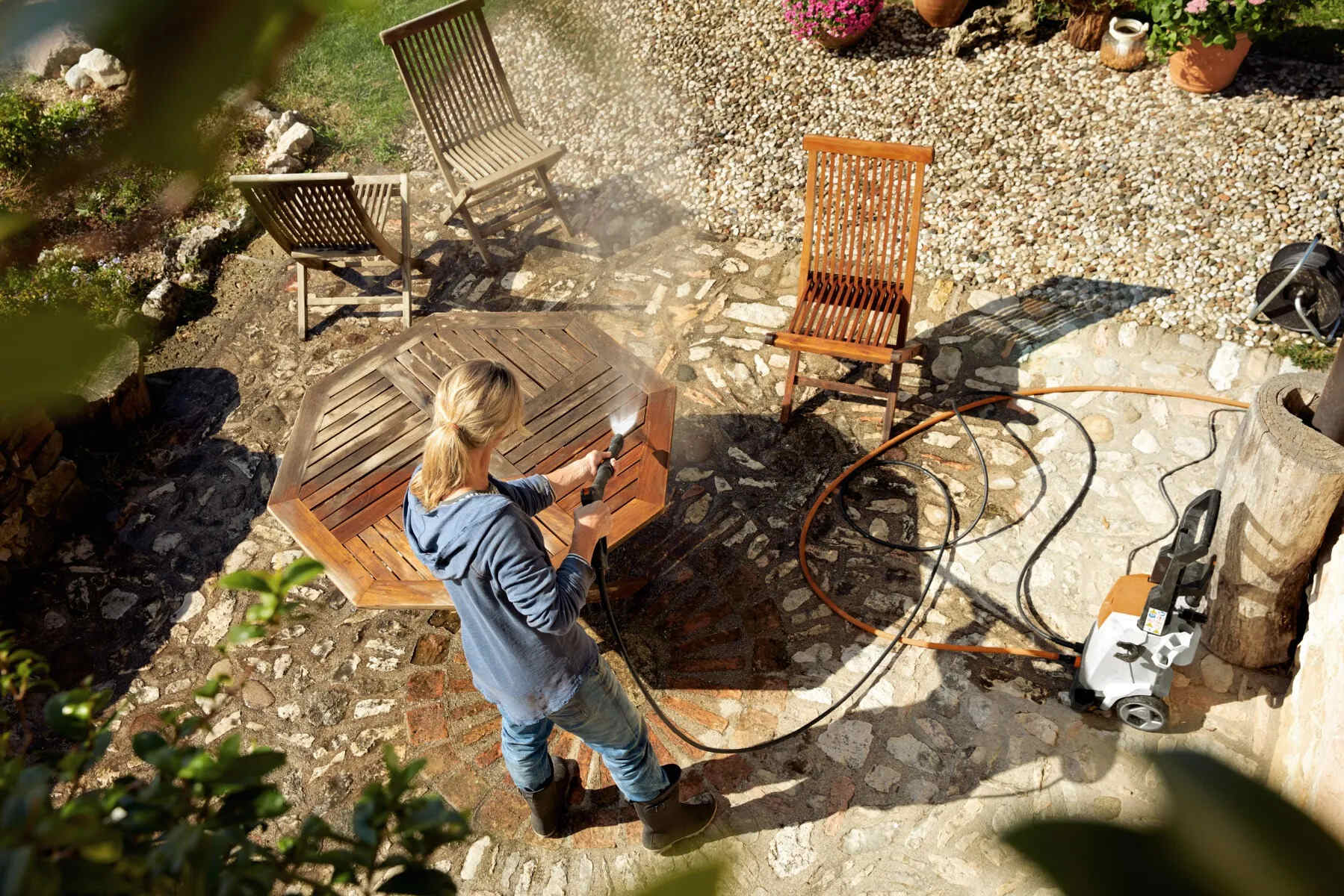
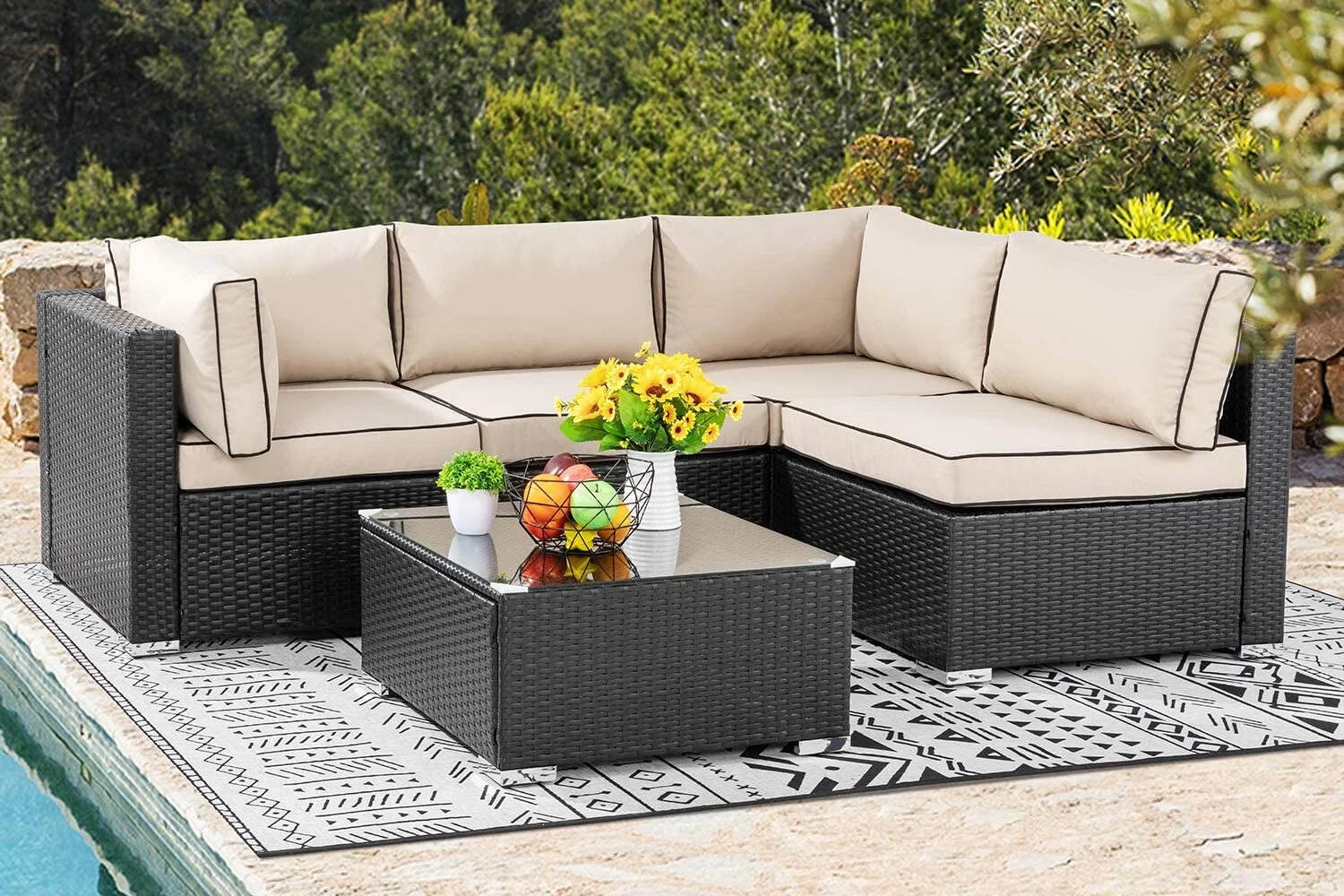
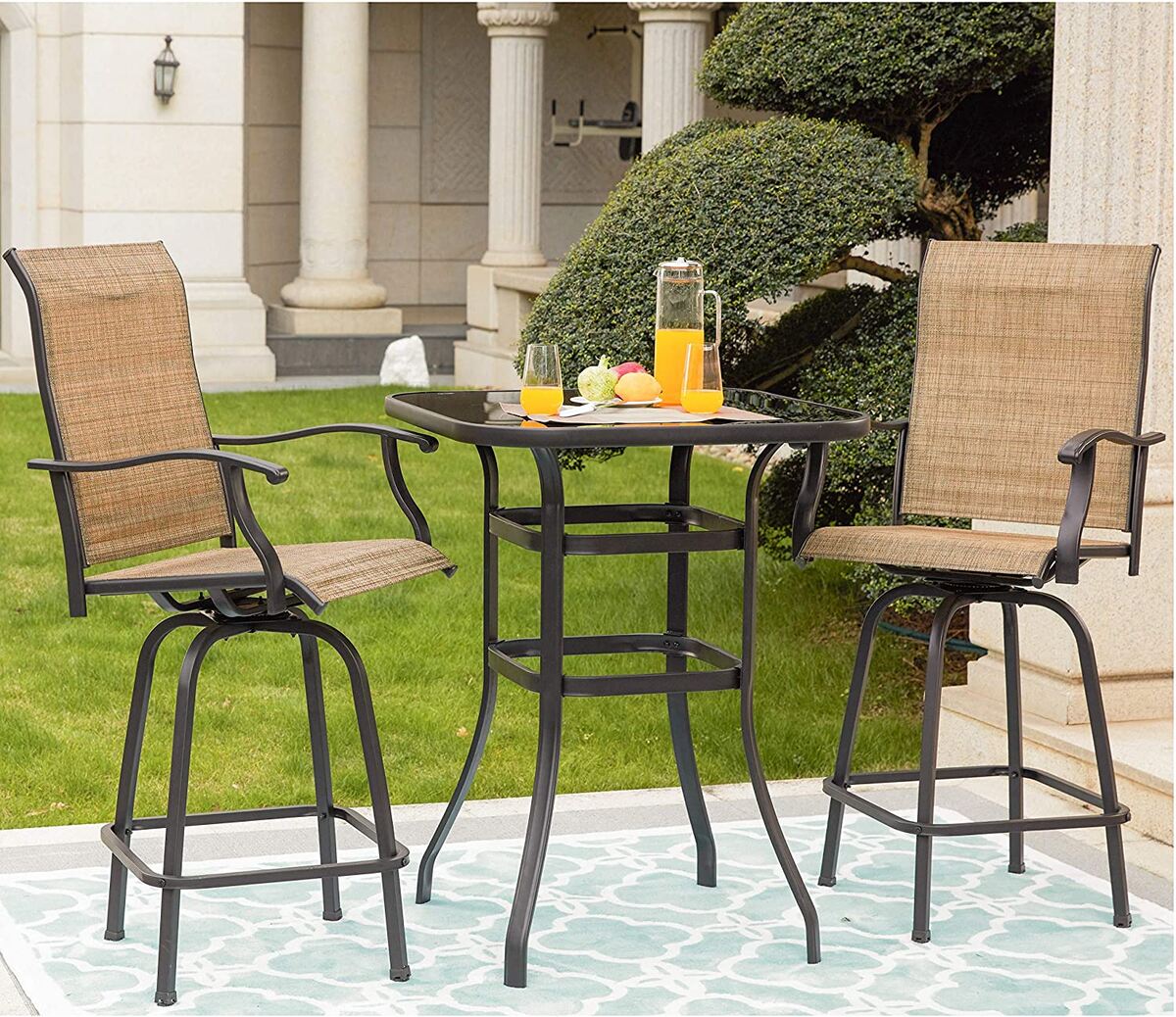
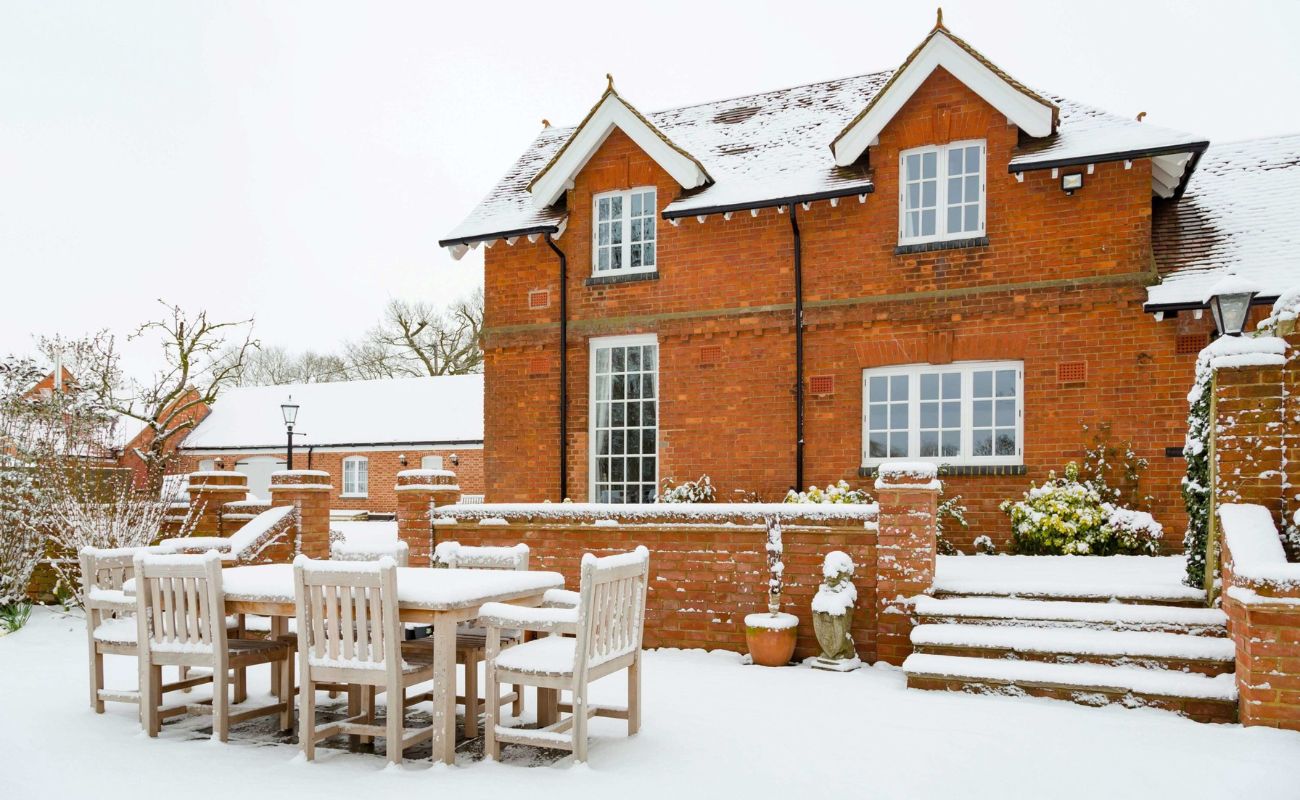
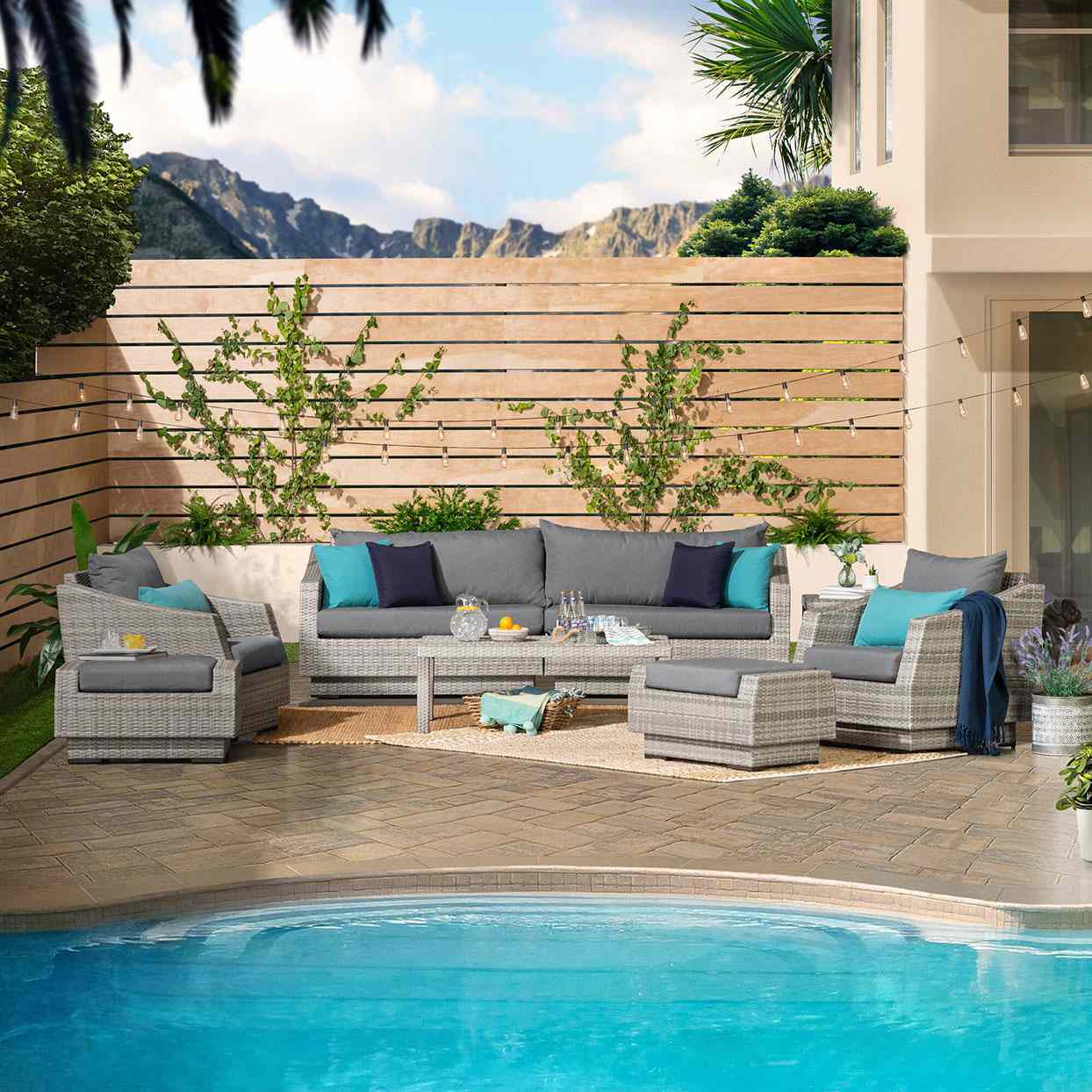
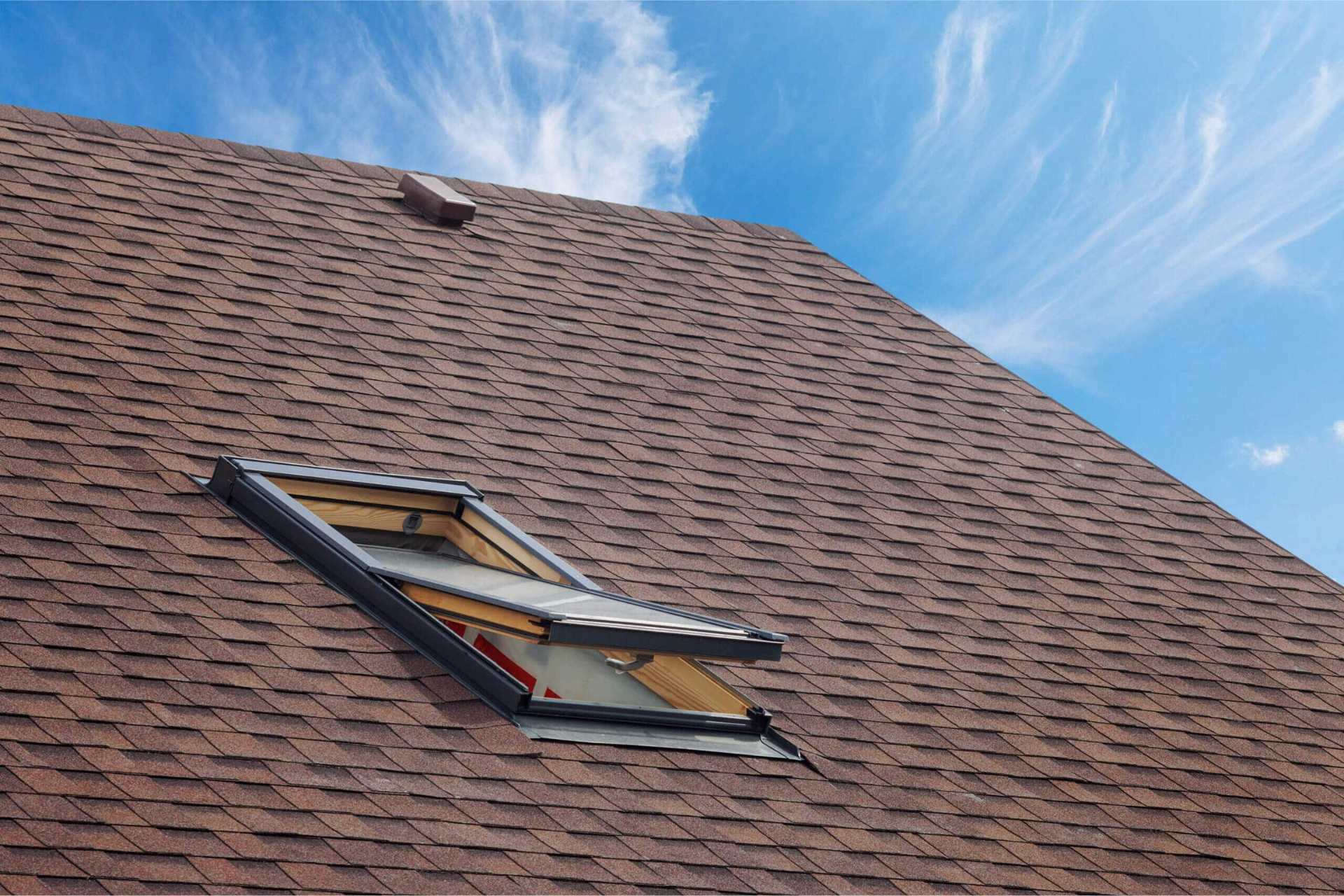
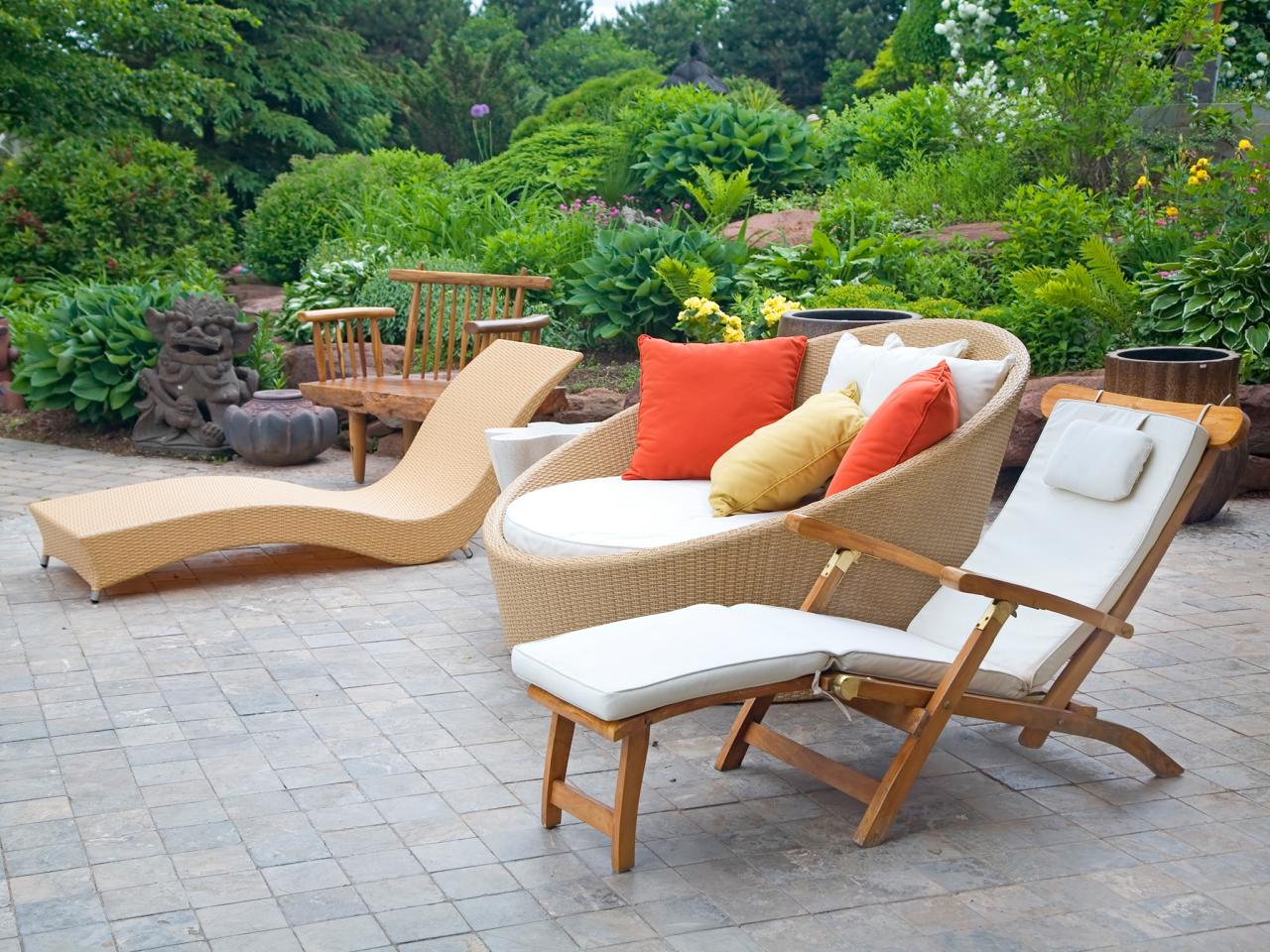
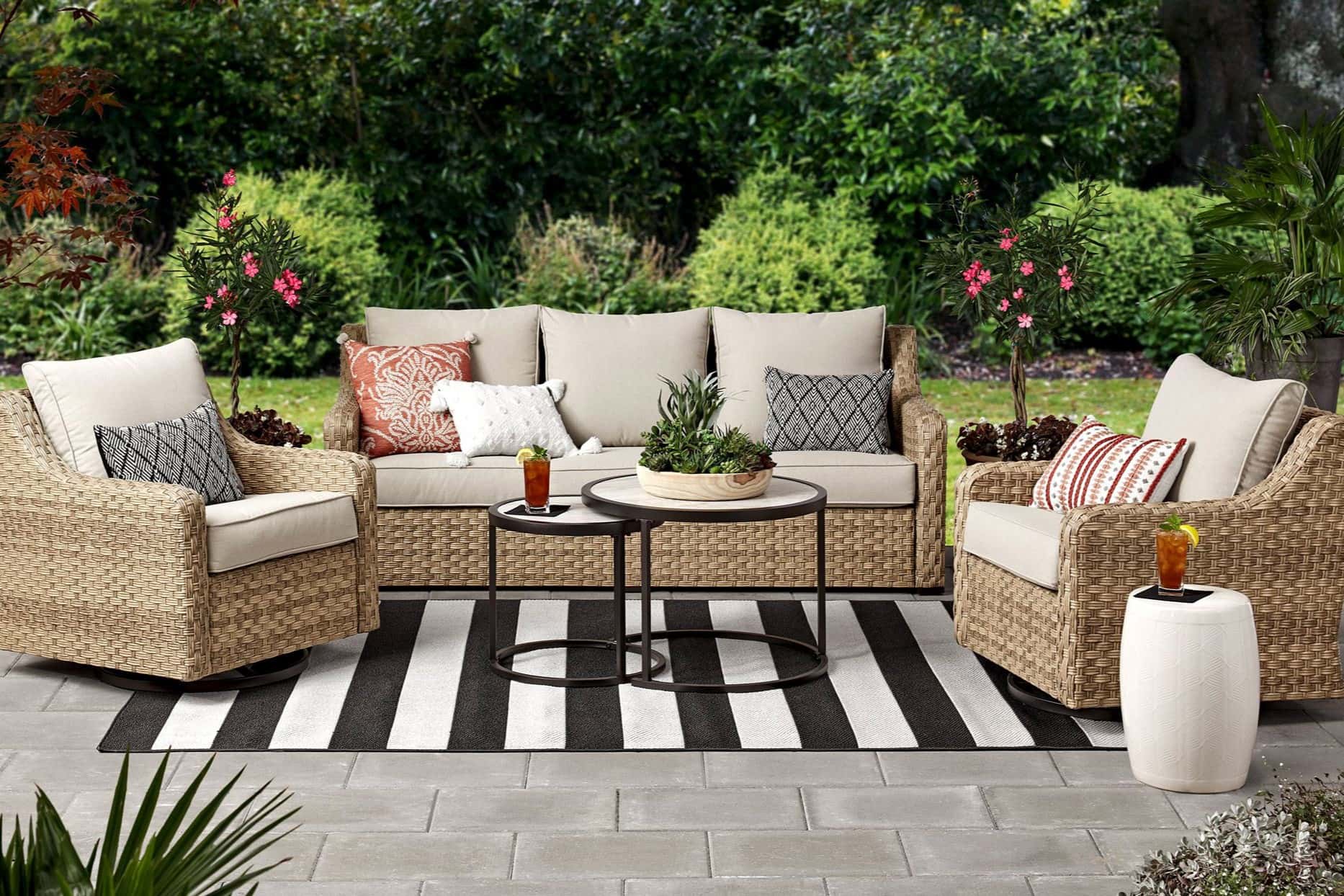
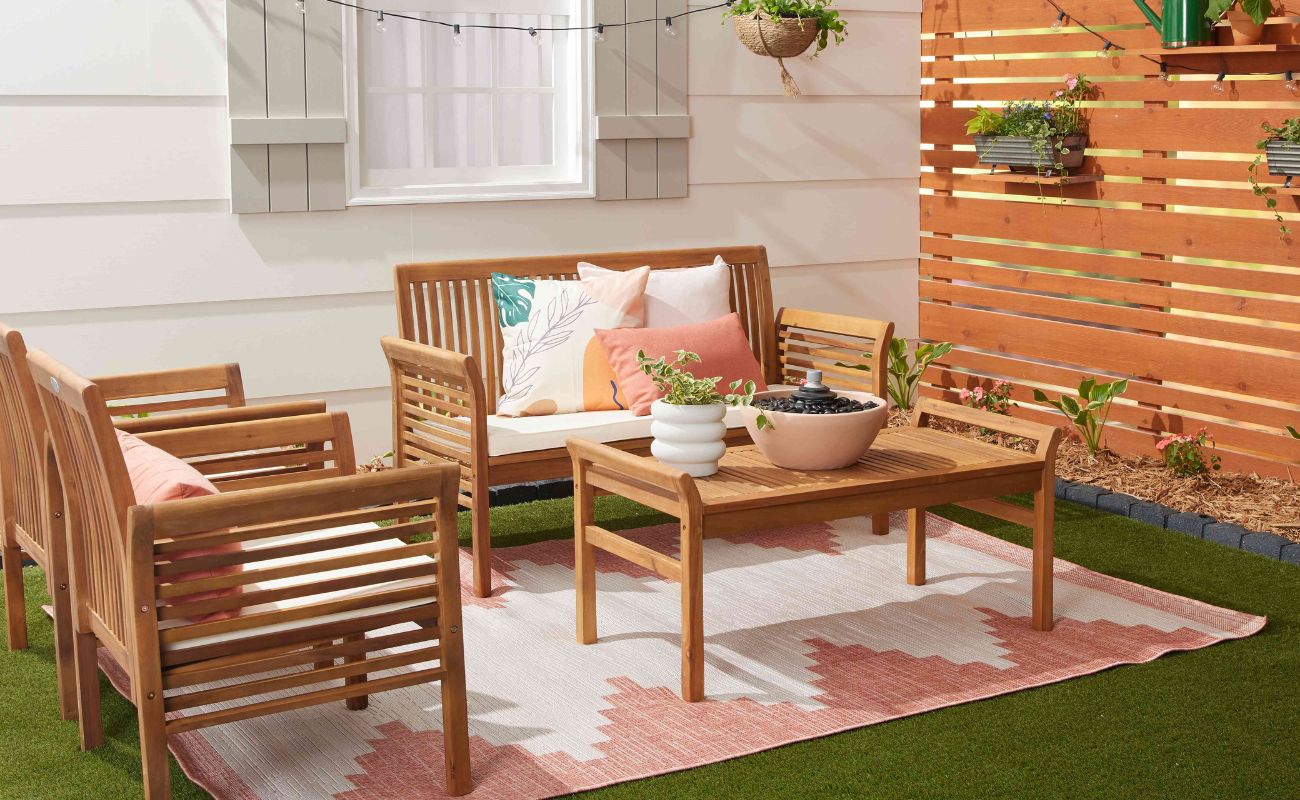
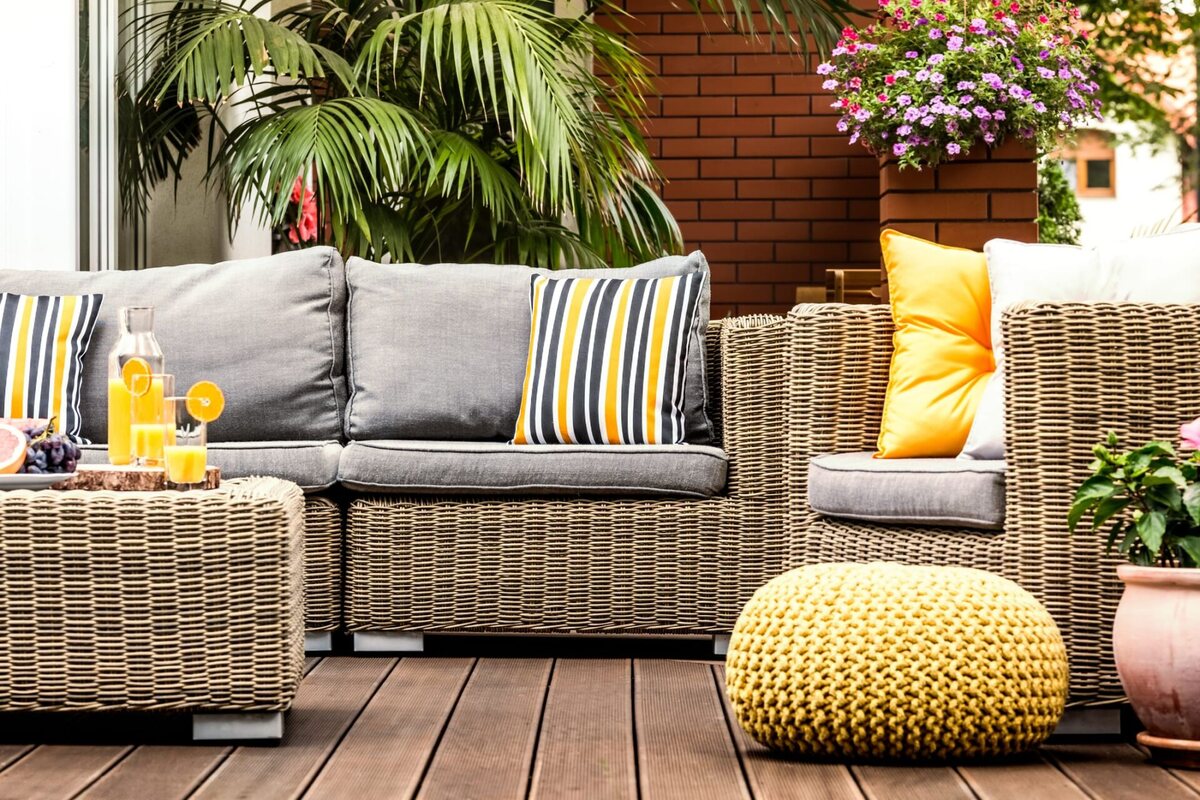
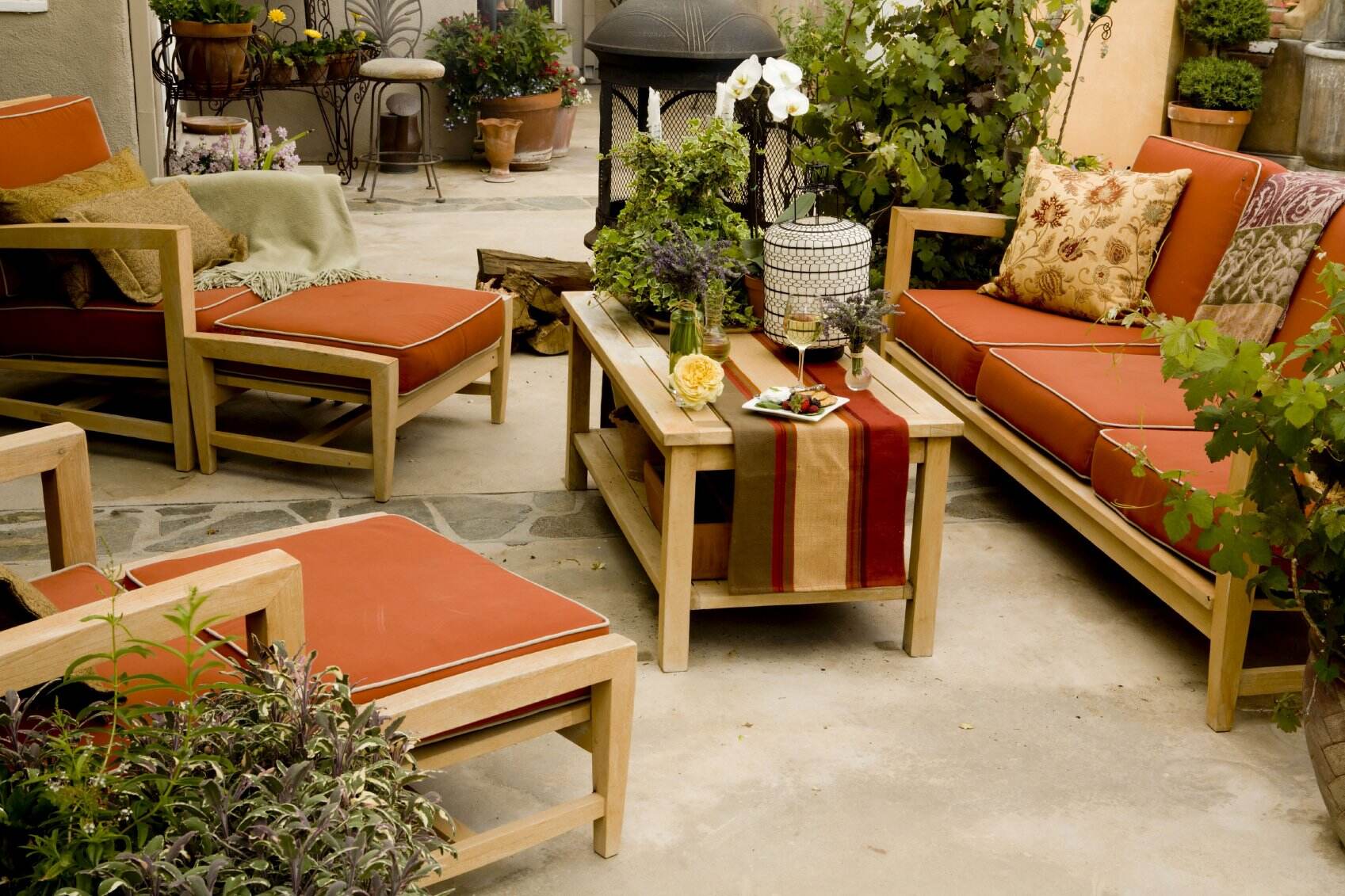
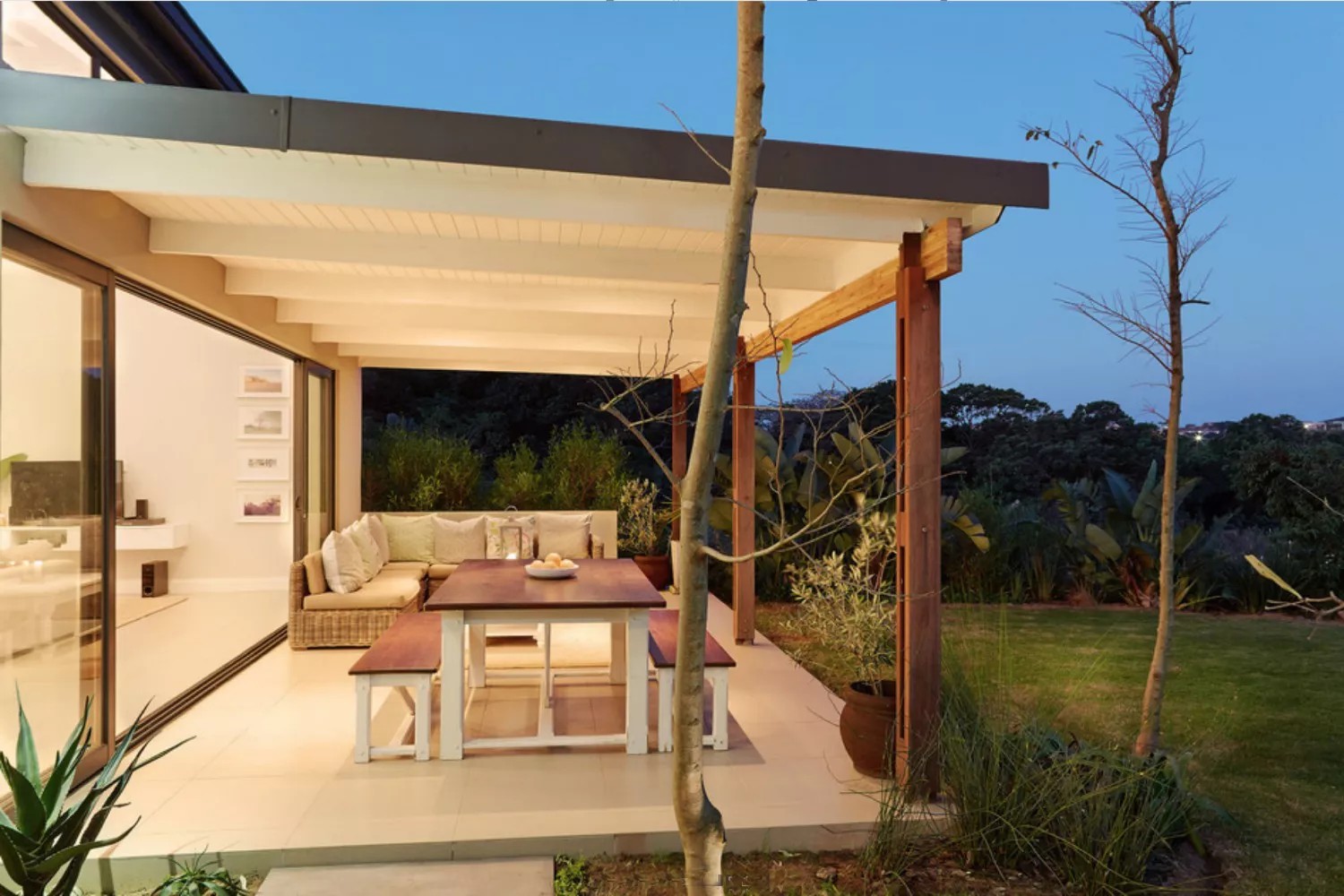
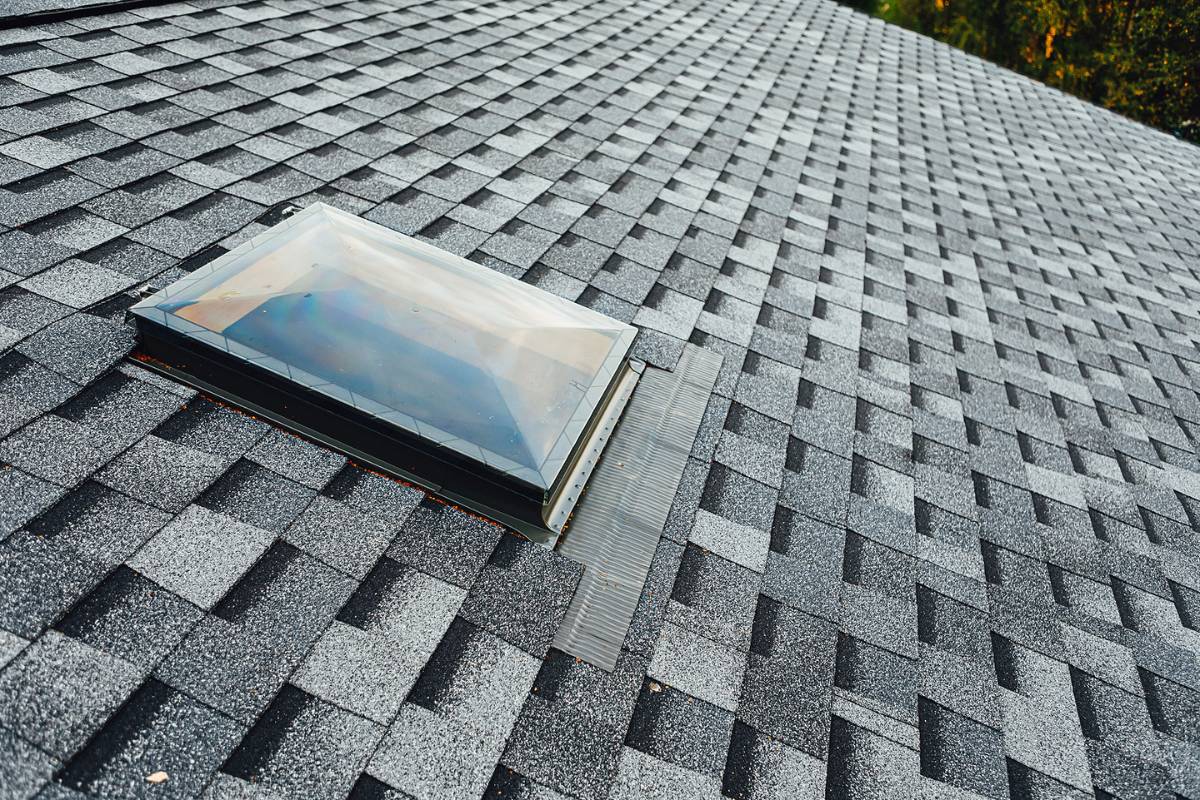
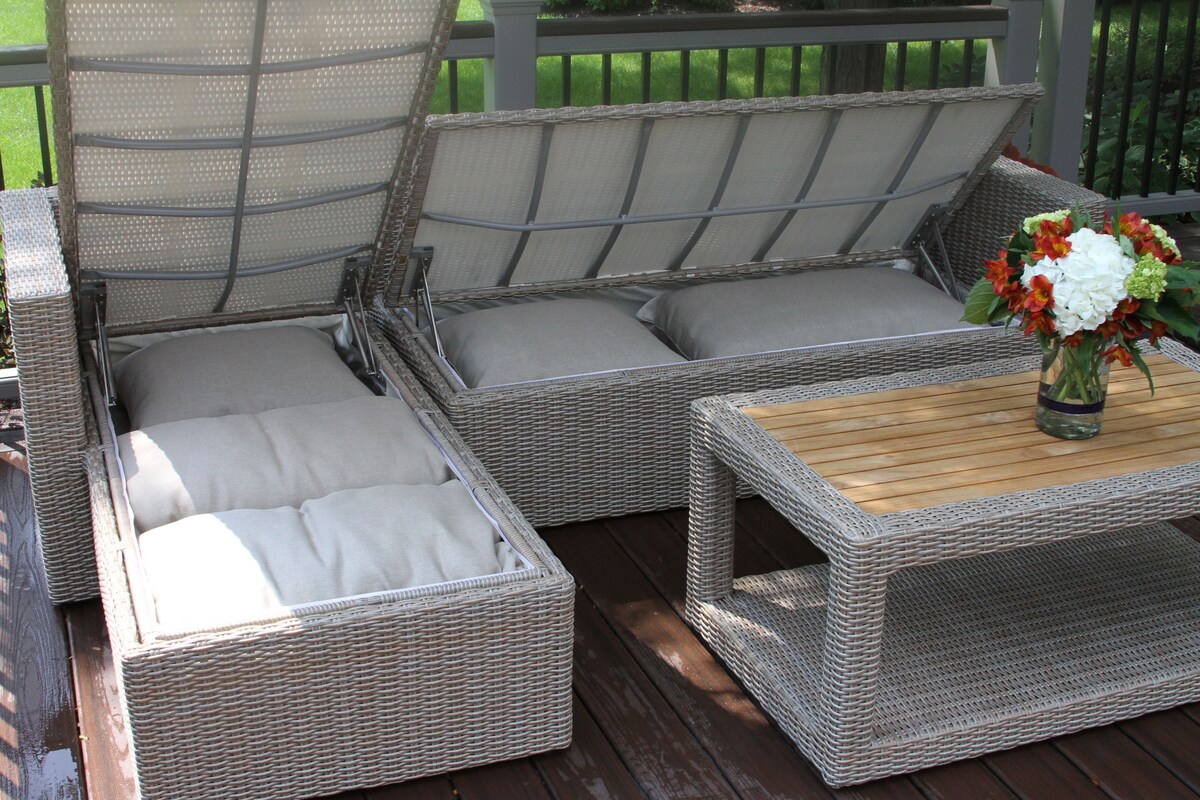

0 thoughts on “What Is The Best Material For Patio Furniture”